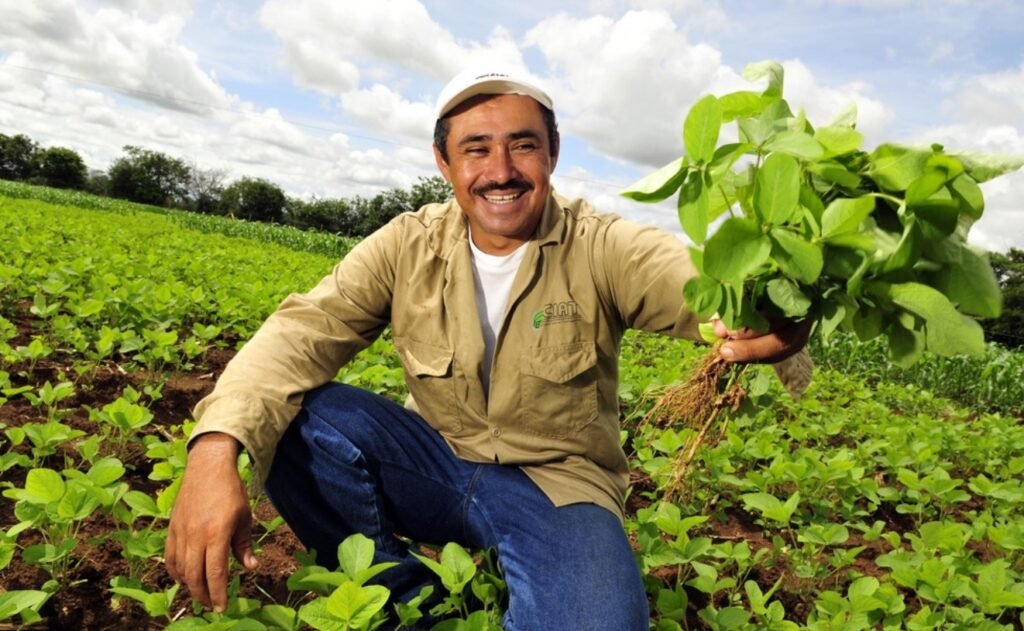A recent report from the Consortium of International Agricultural Research Centers (CGIAR) is shedding light on groundbreaking technologies aimed at reducing global greenhouse gas emissions from agriculture. Published last month, the 2024 Breakthrough Agenda Report – Agriculture assesses current international collaborations and underscores the urgent need for increased investment and deployment of sustainable practices. The findings emphasize that existing efforts are insufficient to meet the international climate targets.
Cutting Emissions in Livestock and Fertilizer Sectors
Livestock and fertilizer production are identified as the top contributors to agricultural greenhouse gas emissions. The report delves into several strategies to mitigate these emissions effectively.
- Methane Inhibitors: Introducing feed additives can reduce methane emissions from livestock by up to 30%.
- Green Ammonia: Utilizing renewable energy sources to produce ammonia for fertilizers can significantly lower emissions.
- Site-Specific Nutrient Management (SSNM): Optimizing fertilizer application to match crop needs enhances productivity and minimizes nitrous oxide emissions.
These approaches are adaptable to both high-income and low- and middle-income countries, offering versatile solutions to a global challenge.

Overcoming Barriers to Technology Adoption
Despite the promising technologies, the report highlights several obstacles that hinder their widespread implementation. Addressing these barriers is crucial for achieving the desired emission reductions.
Key Challenges:
- Investment Gaps: Increased funding is necessary, especially in lower-income regions.
- Regulatory Hurdles: Inconsistent regulations across countries complicate the scaling of technologies.
- Knowledge Deficits: Enhanced technical support and education are needed to facilitate adoption.
- Consumer Awareness: Raising awareness about low-emission agricultural products can drive market demand.
By tackling these issues, the agricultural sector can move closer to sustainable and climate-resilient practices.
Governmental Roles and International Collaboration
Governments play a pivotal role in accelerating the transition to sustainable agriculture. The report outlines several areas where governmental action is essential:
- Financial and Technical Assistance: Providing the necessary resources to support technology deployment.
- Knowledge Exchange: Facilitating the sharing of best practices and innovations.
- Developing Common Metrics: Establishing standardized indicators to measure progress.
- Supporting Research and Development: Investing in the continuous improvement of sustainable technologies.
- Enhancing Trade and Markets: Creating favorable conditions for the adoption and spread of low-emission solutions.
International collaboration is emphasized as a critical component to ensure these technologies are implemented effectively on a global scale.
Recommendations for Immediate Action
The CGIAR report offers specific recommendations that can serve as high-impact international priorities for the coming years. These include:
- Methane Reduction in Livestock: Implementing methane inhibitors and promoting low-methane forages.
- Decarbonizing Fertilizer Production: Transitioning to green ammonia powered by renewable energy.
- Optimizing Fertilizer Use: Adopting site-specific nutrient management to enhance efficiency and reduce emissions.
These actions are part of a broader strategy to transform the food system, ensuring food and nutrition security while minimizing environmental impact.
